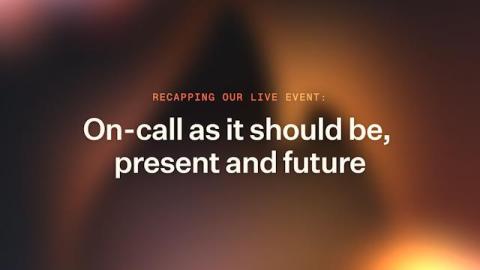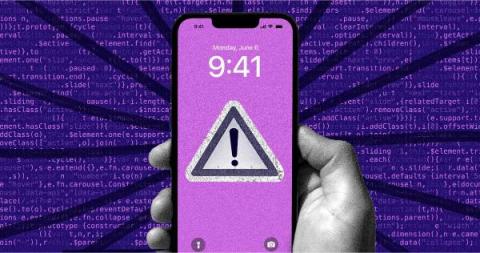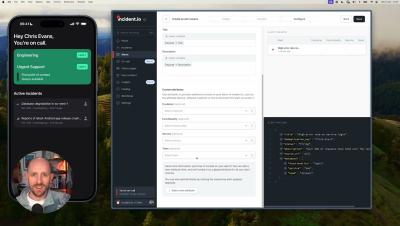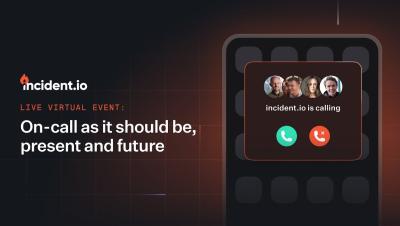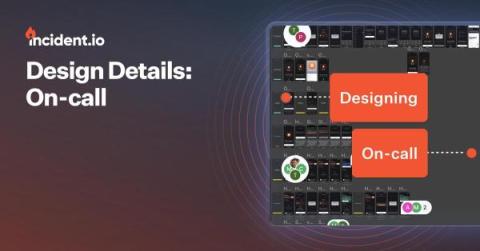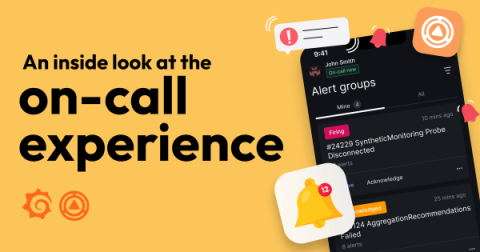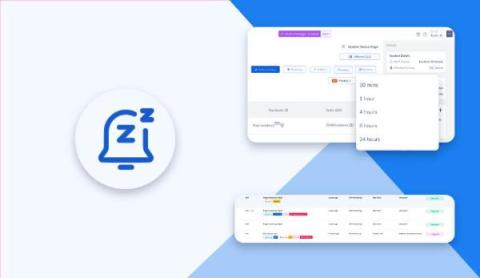Recapping our live event: On-call as it should be, present and future
The launch of On-call was an integral part of the incident.io mission to become the single place you turn when things go wrong, and recently we hosted a live virtual event to show how it all came together. In this event, incident.io Co-founder and CTO Pete Hamilton sat down with incident.io Product Manager Megan McDonald, Product Engineer Rory Bain, and fellow Co-founder and CPO Chris Evans to demo the product, discuss the journey of the creation, and expand on what’s next.


